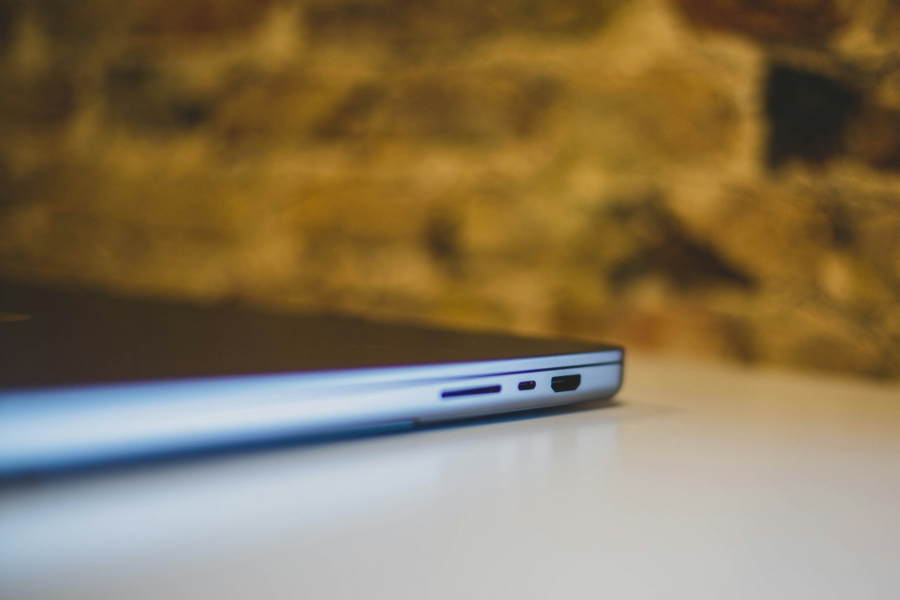Display over USB-C is a Nightmare
Apple had taken a step back its USB-C only doctrine with reverting back to MagSafe for power, 3.5mm headphone jack for audio, HDMI for display, and embedded SD card reader for SD cards. These were the some of the ports and features most professionals wanted out in the field without carrying an additional item. It is more true than ever when Apple Silicon Macs don’t need a charger with its full-day battery life. If so, what became of USB-C? Why so suddenly Macs became divergent on USB-C?
USB-C cables are headaches of its own. I’ve discussed the issue multiple times on op-eds, but USB-C data cables and Alternate Modes are basically pig in a poke. The common misbelief has it USB-C cables are universal. This is simply not true. Data bandwidth and support for Alternate Modes will vary greatly depending on the cables and ports, and we are yet to see streamlined logo or symbol efforts to clarify which is which for the end users.
It is at this time HDMI has dropped a ball on USB-C. DisplayPort has been the most widely used display interface for, at least, computers. But even the most popular interface doesn’t offer all versions of itself available on USB-C: only 1.2, 1.4, and 2.0. It still does support major versions that had significant improvements. HDMI, on the other hand, only has 1.4b listed as the supported version. HDMI forum has already decided not to release any future updates for the USB-C Alternate Modes in 2023 citing manufacturers, such as Apple, began to include HDMI ports again.
A part of the reason why HDMI Alternate Mode was abandoned is due to competing nature against USB-C. Both interface tries be ‘one cable to rule them all’ for all devices, and the goal of USB-C Alternate Mode broke the physics by suggesting HDMI, already half-way universal, can be implemented yet again inside USB-C. HDMI version 1.4b alone supports ARC, CEC, Ethernet over HDMI (HEC) features. The sweet irony of it all proves itself in the form of USB-C to HDMI adapter, ones currently available in the market are actually USB-C to DP to HDMI adapter in one.
The only silver lining is there is no more competing display interface using USB-C, only DisplayPort. But it is only a silver lining when we don’t discuss the Thunderbolt into the equation. Thunderbolt interface is essentially an external PCIe, and the hubs that are now acting as a one cable solution for laptops can support HDMI or any other ports on its own. To put it simply, when IT is asked why the users can’t connect C-type to displays, the answer is likely going to sound haphazardly made up — ‘have you tried using different cables’. And it would work, eventually.
From pure practicality standpoint, USB-C now does not offer above mentioned features; 3.5mm headphone jack would require analog audio, HDMI would require HDMI Alternate Mode, and SD card reader needs a physical receptacle. Hence, MacBook Pros have them. I’m not arguing semantics on whether having it over a hub or a dongle is better. However, there is something to be said about supposed ‘one cable-port policy’. USB-C cables or ports will not replace HDMI anytime soon.
